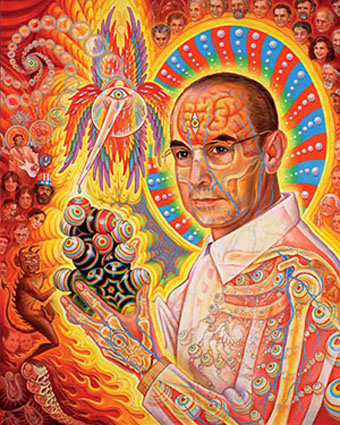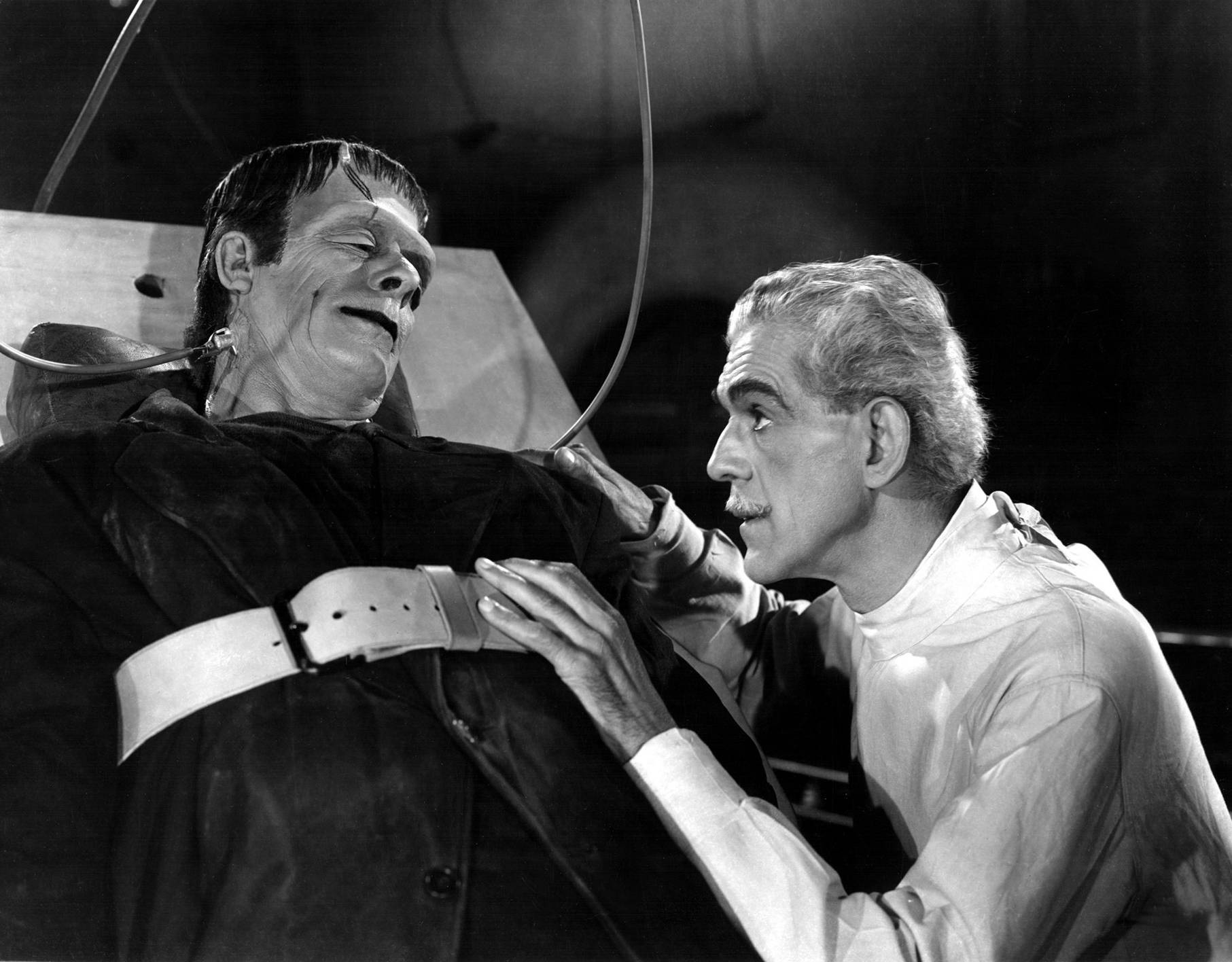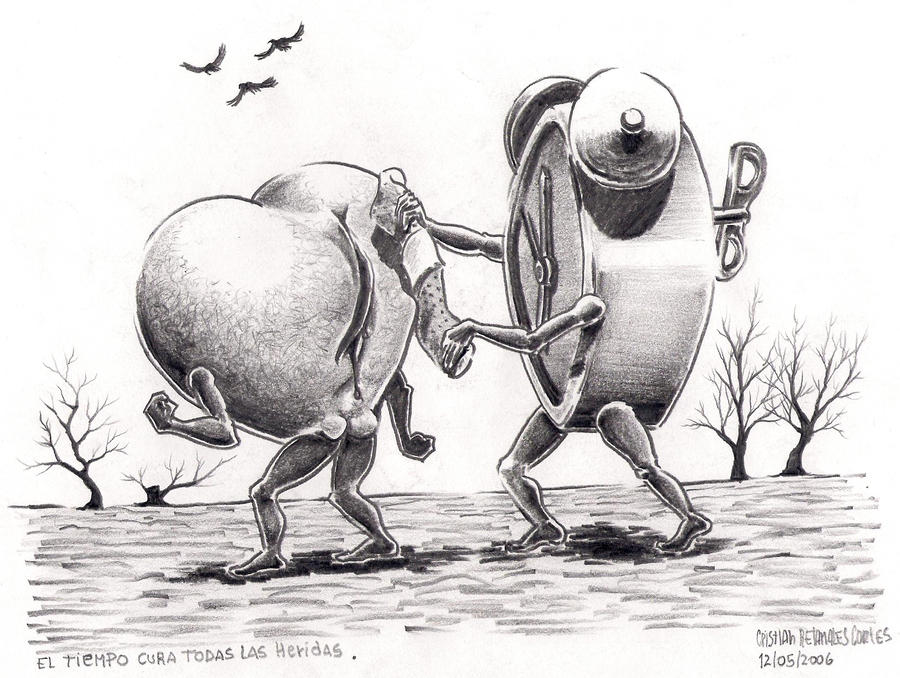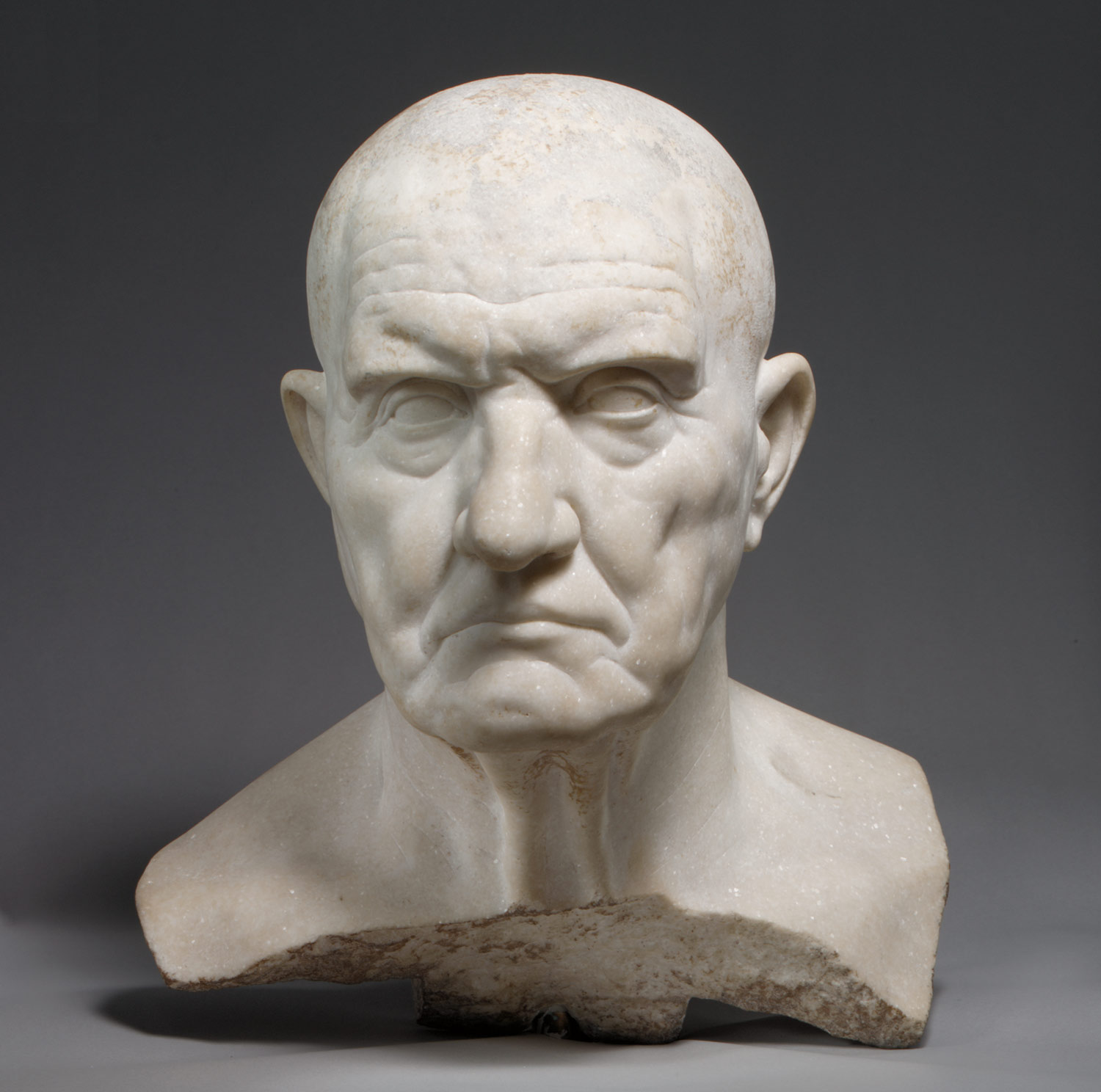On December 7th, I went to visit Space Shuttle Endeavour exhbit at the California Science Center. Since I wasn't around to watch it make its grand tour through LA the first time, I was pretty excited to see it in person. Knowing very little about the shuttle other than the hype from the earlier part of this year, I was excited to see what it is all about.
All around the room, were interactive exhibits about the shuttle. In addition, in the galleries before the exhibit, there was a space room dedicated to educating the public about space shuttles and how people live in space. Along the walls on the second floor was a montage of photos taken by individuals as the shuttle was taken through the streets of LA.
I think this exhibit is a perfect way to cap off the blogs for this class. This exhibit embodies what I feel science and art have interacted. They work together to produce something great. This is why I posted the picture above. You can't really have one without the other. Art generally is influenced by science. Art is then commonly used to communicated these ideas to the general public, often to simplify, explain or teach.
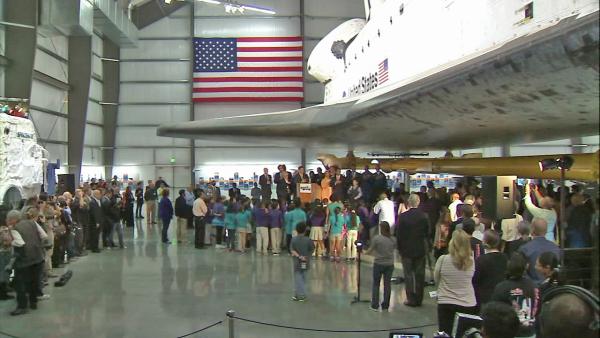
For example, take a look at the images above. They embody the idea of art being able to teach and explain. The image on the left is an example of nanotech art. Art, from this field, is often used to explain to the general public what is going on. Here art is used as a teaching aide to explain a foreign concept. The image on the right is an image of the Endeavor exhibit. All different sorts of media arts line the walls of the exhibit to explain different aspects of the Endeavour. These include mission details, horror stories, etc. These walls combine the sciences and the arts. From art, we are able to grasp the importance of the Endeavour and why it is worthy of our attention. This is one of the major important uses of art, especially in the emerging science fields that are complicated.
On the other hand, science also affects the way we "art". Science also has an equally influential power on art as well. Take a look at the image on the left. That is an example of fractal art. Fractal art is essentially art made using mathematical equations to produce visually stunning pieces. Here we see how science could be incorporated to produce a whole new field of art. Sometimes though, science doesn't have to produce new fields. It can change the way we portray or do something in art. The image on the above right is a pointer machine. It essentially does the sculpture without the human sitting there chiseling away. While creating sculptures isn't new, this scientific machine allows us to do it differently. Other examples include studying math to understand perspective on a 2-d surface or studying anatomy to more accurately portray the human body. Science's main influence on art is its ability to transform and broaden its reach and increase its potential. The more technology that science produces, the more that art can do with it. Science makes art more accessible than ever before and will continue to improve its potential.
Science and art go hand in hand. Like the image above, there are many places in which they overlap. In addition there are many ways in which one influences the other. Like the question "did the chicken or the egg come first", art and science influence go back and forth. This Endeavour exhibit embodies this. The shuttle tour and the fascination with this shuttle contributed to this exhibit which displays all different kinds of media art. In return, art is able to communicate why the fascination exists to the public. This exhibit is a great example of science and art working hand in hand to produce a work.



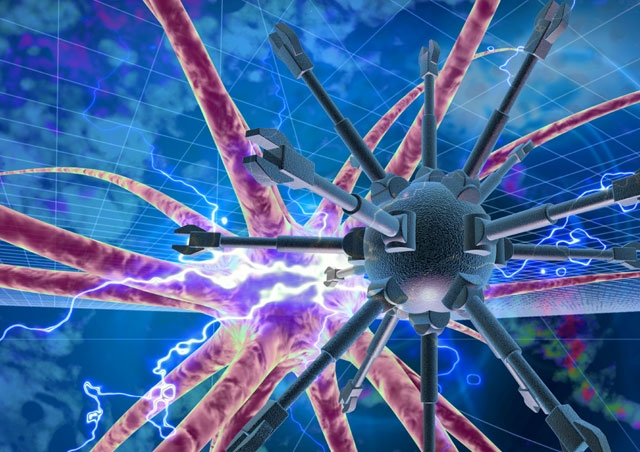







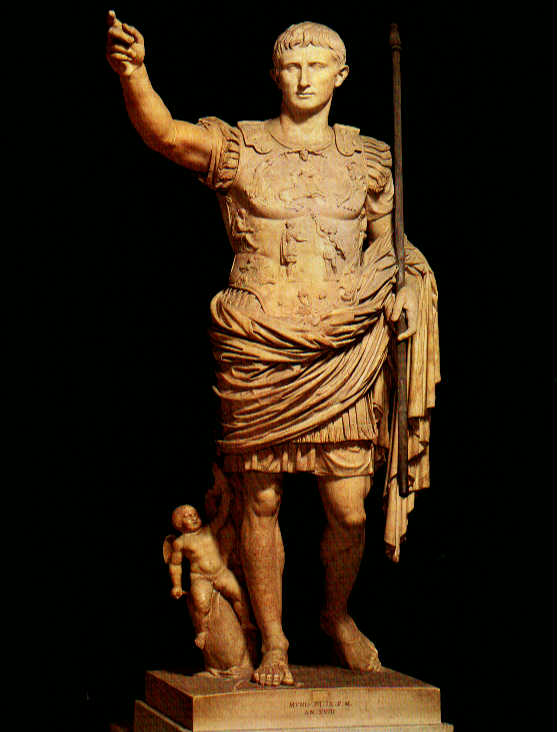
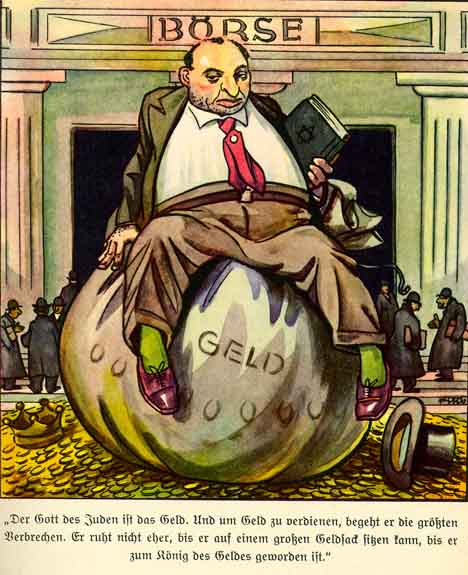

.JPG)















